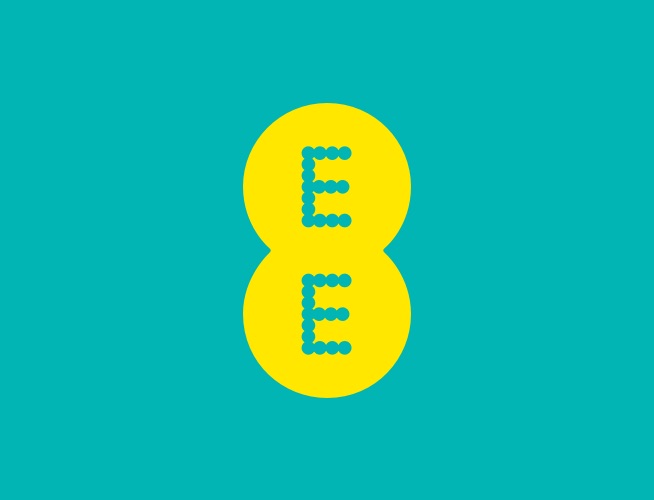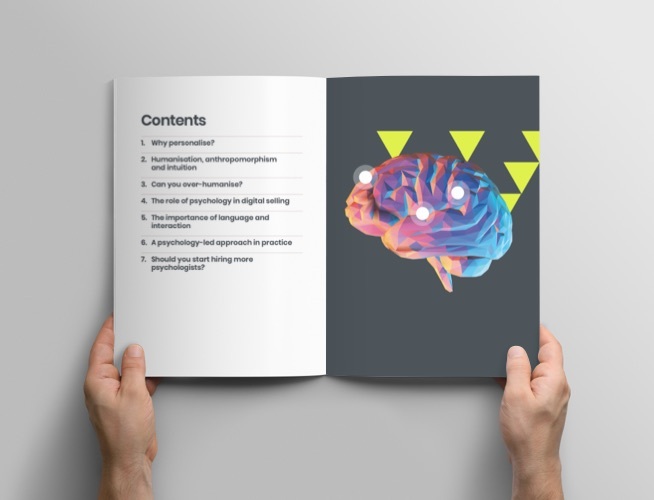
In an era where artificial intelligence (AI) is rapidly transforming the ecommerce landscape, the line between human and automated interactions becomes increasingly blurred. This evolution brings to the forefront a critical ethical and legal consideration: Do AI solutions need to disclose their non-human nature to users?
Recent legislation now requires AI entities to refrain from presenting themselves as humans, helping consumers to recognise when they are interacting with AI. These regulations significantly influence ecommerce and digital sales approaches. While transparency is crucial for establishing trust, the current guidelines remain somewhat ambiguous – leaving much to interpretation in terms of visual and contextual adherence.
At 15gifts, we are always exploring ways to create engaging, informed interactions that exceed industry standards. In light of these legislative developments, our latest research focused on the degree of transparency that resonates most effectively with our user base.
15gifts User Research: Exploring AI Transparency Through ABC Testing
Here at 15gifts, we’ve undertaken an extensive user research study to understand consumer perceptions across different levels of AI disclosure. The goal was to discern how varying degrees of transparency affect user experience.
The study investigated three distinct content wireframes, ranging from an approach that mimics human interaction to one that is openly AI-driven.

Opaque AI Communication:
This approach cleverly mimics human conversation, leaving users oblivious to the AI’s presence.

Semi-Transparent AI Communication:
A middle ground where hints of AI involvement are displayed.

Transparent AI Communication:
Unambiguously states the AI nature of the interaction.
The Findings
We hypothesised that a middle-ground option, subtly indicating the use of AI, would be most favoured. However, contrary to our expectations, the findings unanimously favoured the most transparent AI option on all counts:
• It was unmistakably identified as not human-operated.
• It was deemed more inviting to users.
• It was considered more current and up-to-date with modern standards.
• It was viewed as more professional.
• It emerged as the preferred design, alongside the traditional chat option run by a human
Implications for Ecommerce Leaders
The findings from our research offers compelling evidence that transparency in AI interactions is not just a legal requirement but a competitive advantage in a crowded digital ecosystem.
By adopting a transparent, customer-centric approach to AI implementation, businesses can cultivate deeper trust, drive engagement, and pave the way for more meaningful connections with their audience.
Here are our top 4 key takeaways:
Transparency Builds Trust: Customers value honesty about the nature of their interactions. Clear communication that they are engaging with AI can enhance trust and satisfaction.
Engage Through Design: Thoughtfully designed user interfaces can convey AI involvement without diminishing user experience or engagement.
Enhanced User Experience: The preference for transparent AI options suggests that users are open to, and even prefer, automated interactions when properly informed. This opens avenues for more efficient, scalable customer service.
Future-Proofing: As legislation evolves to protect consumer rights, integrating AI transparency now positions your business at the forefront of compliance and innovation.
Stay tuned for more updates as we continue our journey to deliver a more human online buyer experience.





